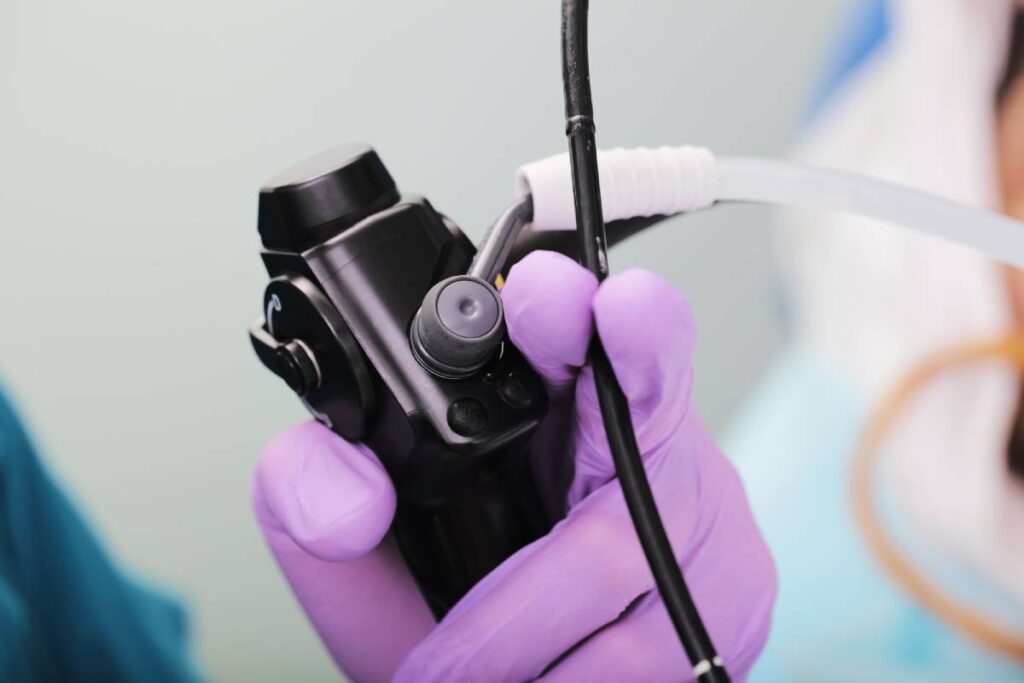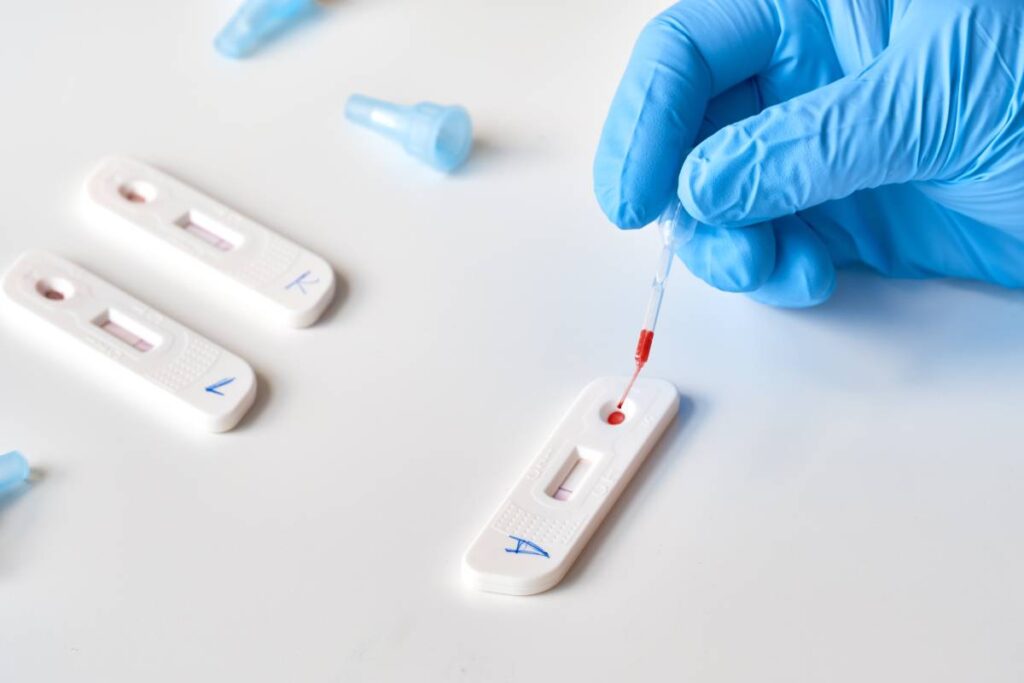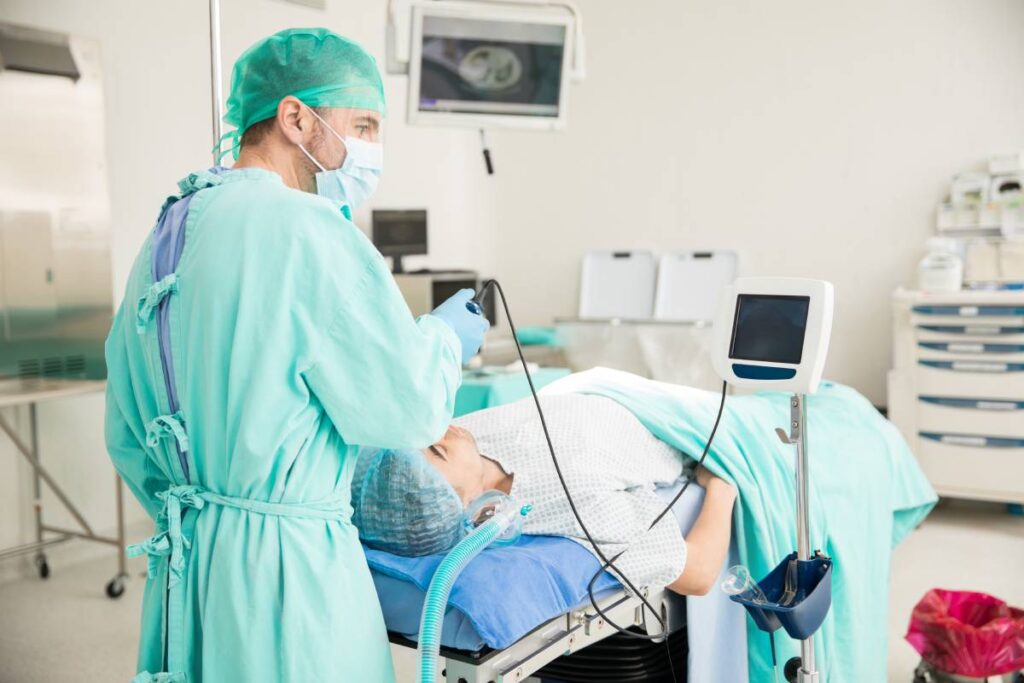A general surgeon is a highly trained medical professional specializing in surgeries that address a wide range of diseases and injuries across the body. While some surgeons focus on specific areas, like neurosurgery or cardiothoracic surgery, general surgeons possess a…
Year: 2024
Overview of Pediatric vs. Adult Anesthesia
Pediatric anesthesia presents unique challenges and considerations compared to adult anesthesia, requiring specialized knowledge and techniques to ensure safe and effective care. The fundamental differences between pediatric and adult patients stem from their distinct anatomical, physiological, and psychological characteristics, which…
Manual vs. End-Tidal Inhalational Anesthesia
The delivery of anesthesia during surgical procedures can be managed by manual control or automated end-tidal control, each of which has distinct advantages and disadvantages. Manual control of anesthesia involves the anesthesiologist directly adjusting the delivery of anesthetic gases based…
Overview of Fiberoptic Intubation
Fiberoptic intubation is a specialized technique used to manage difficult airway situations where traditional intubation methods may be inadequate or impossible. This technique utilizes a flexible, thin tube fitted with a fiberoptic camera to provide a real-time, clear view of…
Anesthesiology Residency Developments
Anesthesiology residency programs are essential for training the next generation of anesthesiologists and equipping them with the skills and knowledge necessary to provide safe and effective anesthesia care. Recent developments and news in anesthesiology residency programs highlight evolving trends, innovative…
Surgical Prehabilitation
Surgical prehabilitation, often shortened to “prehab,” is a proactive approach that prepares patients physically and psychologically for the stresses of surgery. This concept has gained traction in recent years, reflecting a broader understanding of the benefits of optimizing health before…
Anesthesia Considerations: Simple vs. Radical Hysterectomy
Hysterectomy is one of the most common surgeries around the world and is indicated for both benign and malignant conditions. A simple hysterectomy typically involves removal of the uterus and cervix and is performed for benign reasons such as uterine…
Top Illnesses in the US vs. Globally
Health challenges vary significantly between countries due to differences in healthcare infrastructure, socioeconomic factors, lifestyle choices, and environmental influences. While some illnesses are prevalent globally, others are more prominent in specific regions or populations. Top[RJ1] illnesses in the US differ…
Direct vs. Video Laryngoscopy
Endotracheal intubation is a procedure performed in various settings, including the OR, emergency departments, and critical care units. It may be necessary in situations where a patient is experiencing acute respiratory failure, inadequate oxygenation or ventilation, or has a compromised…
Uses of Intravenous Lidocaine
Lidocaine is an amide local anesthetic commonly used for local or topical anesthesia. As with other local anesthetics, lidocaine’s mechanism of action occurs at sodium ion channels on the internal surface of the plasma membranes of neurons. By ionizing via…









